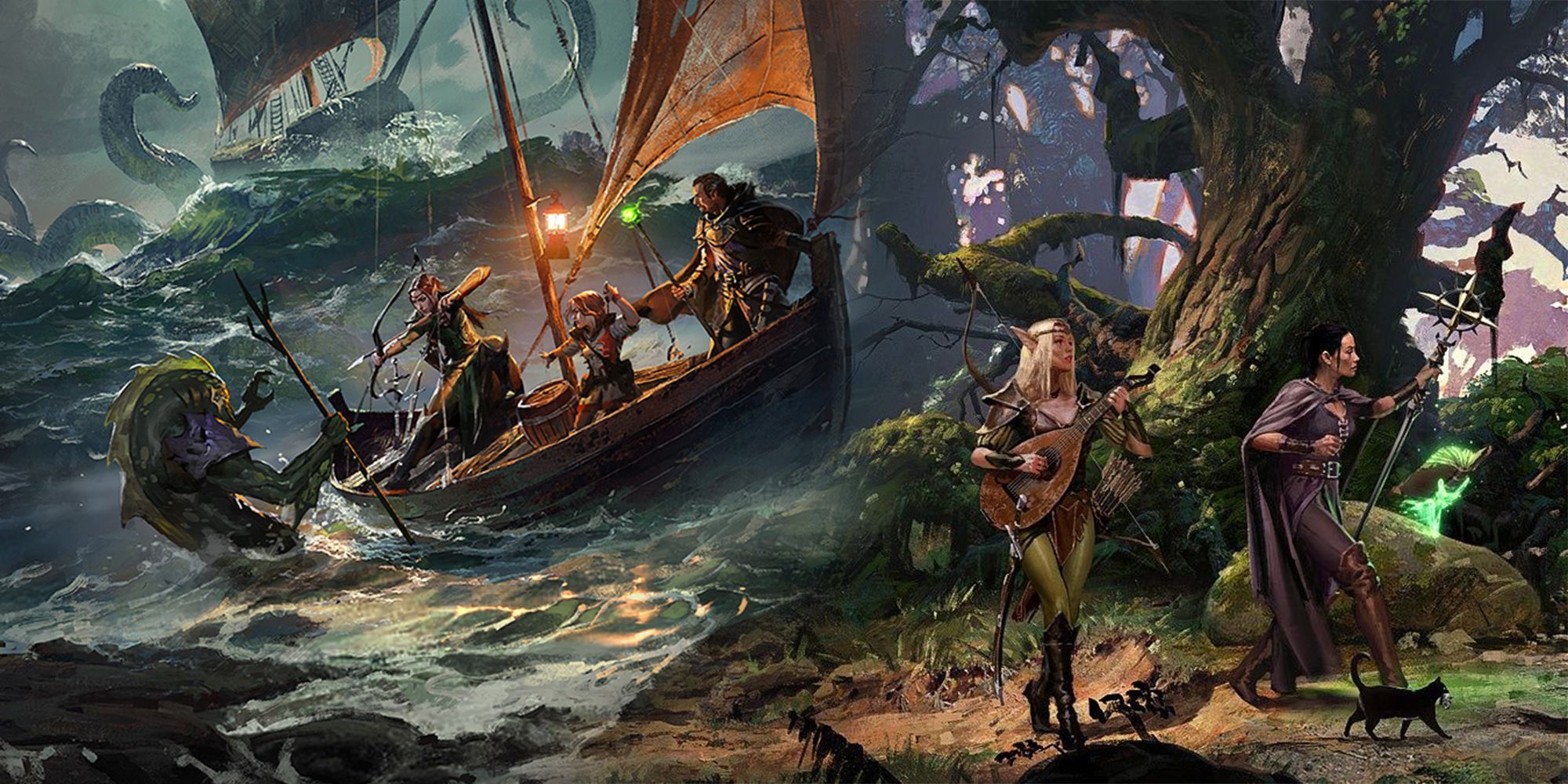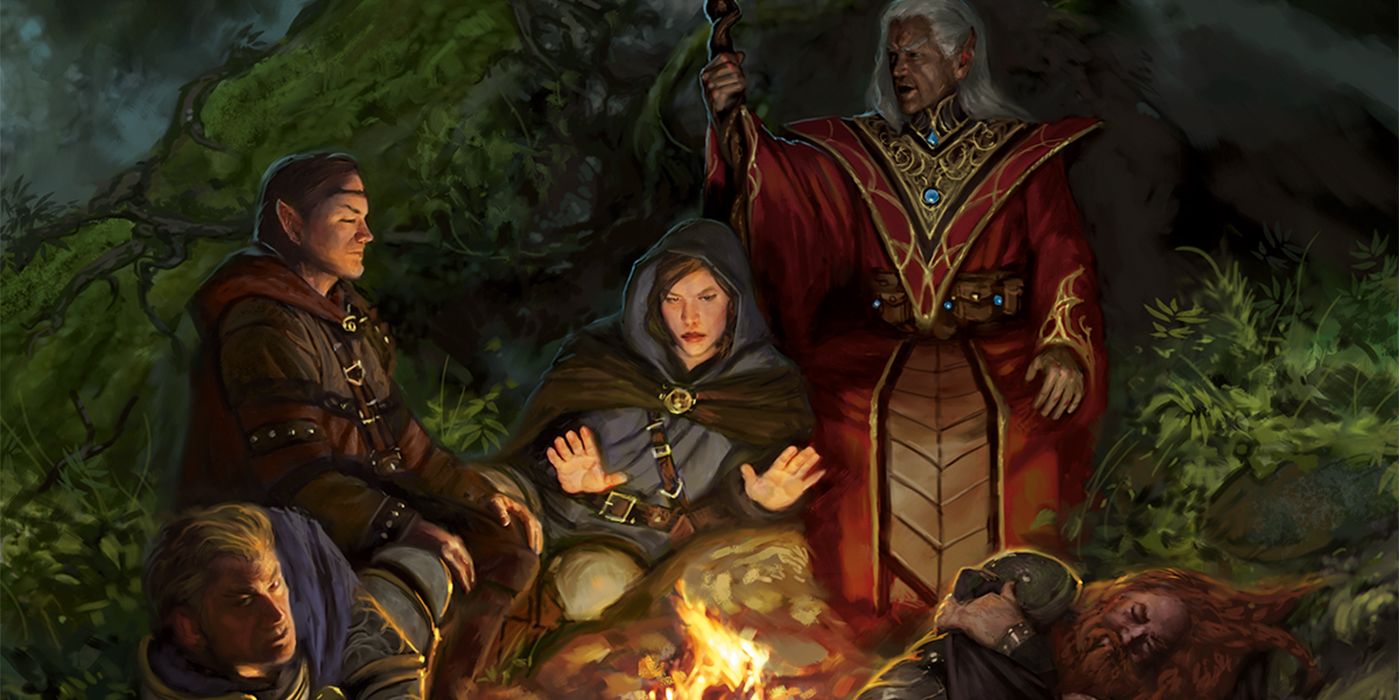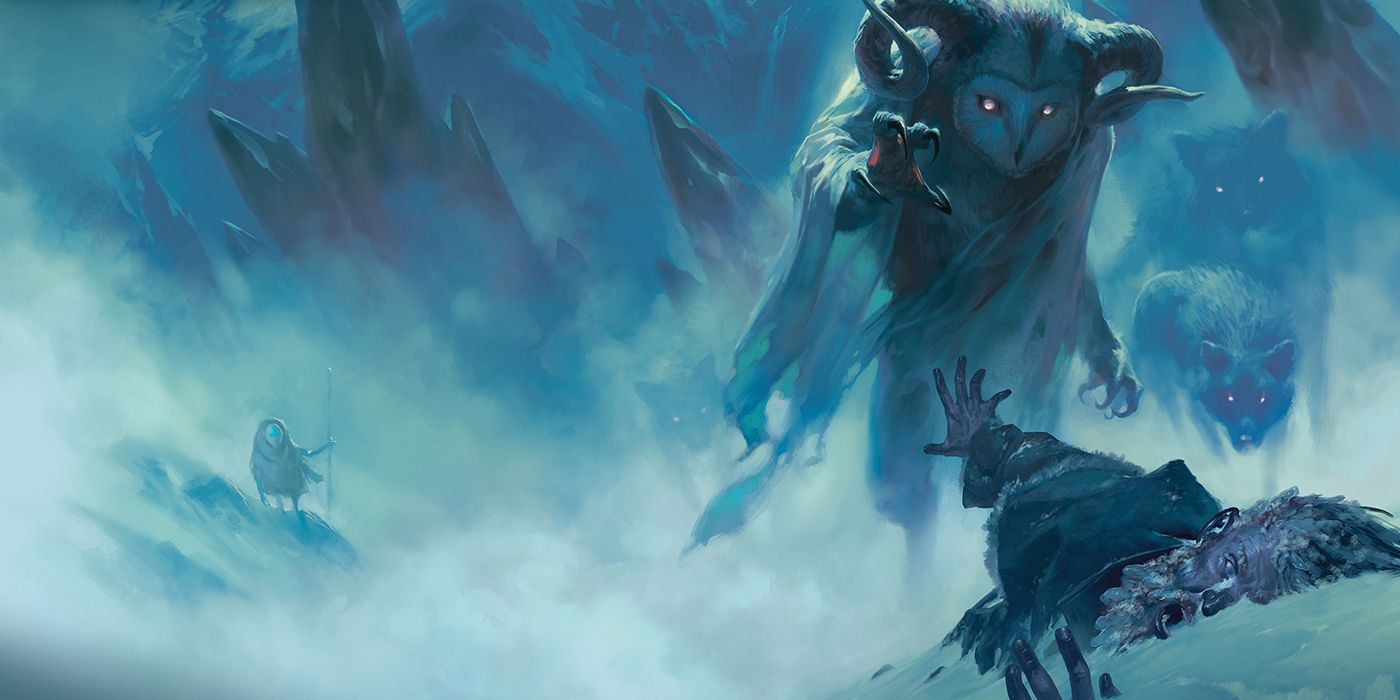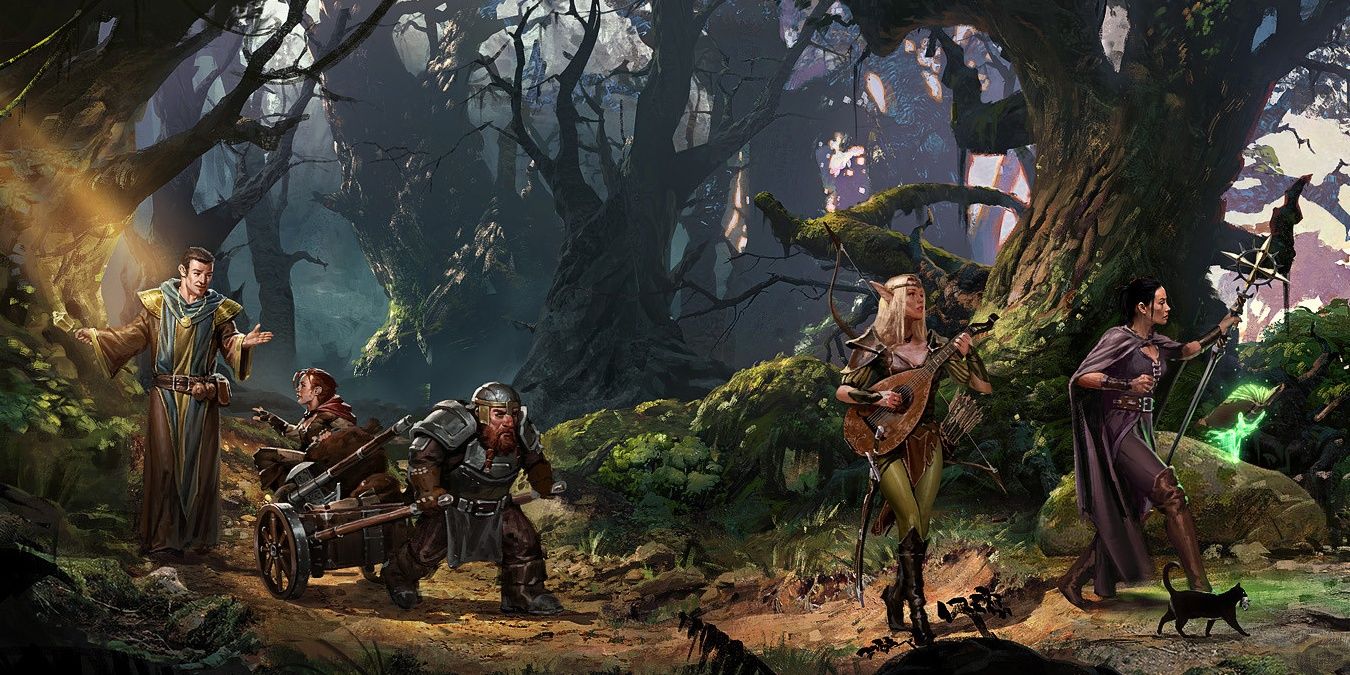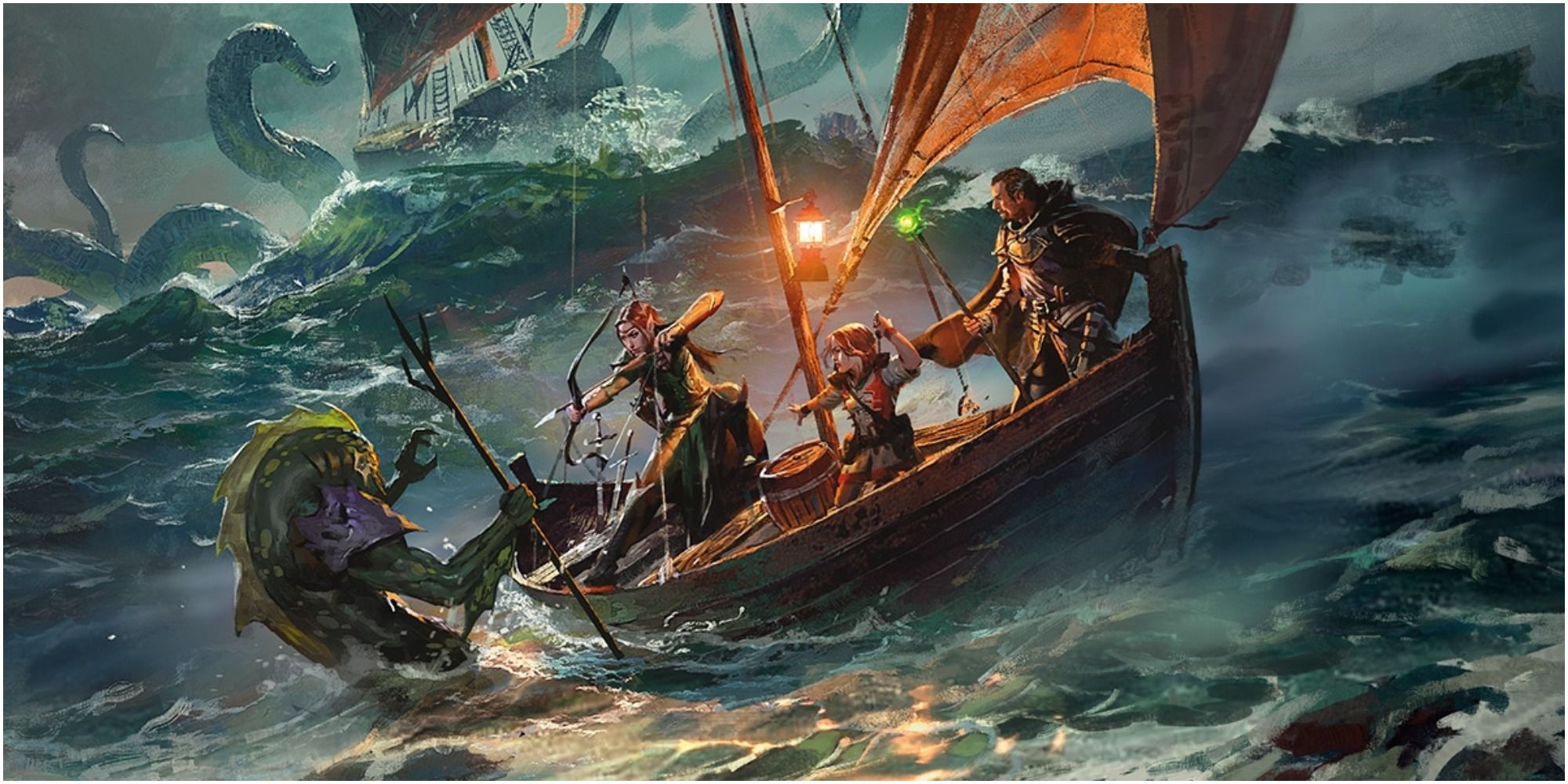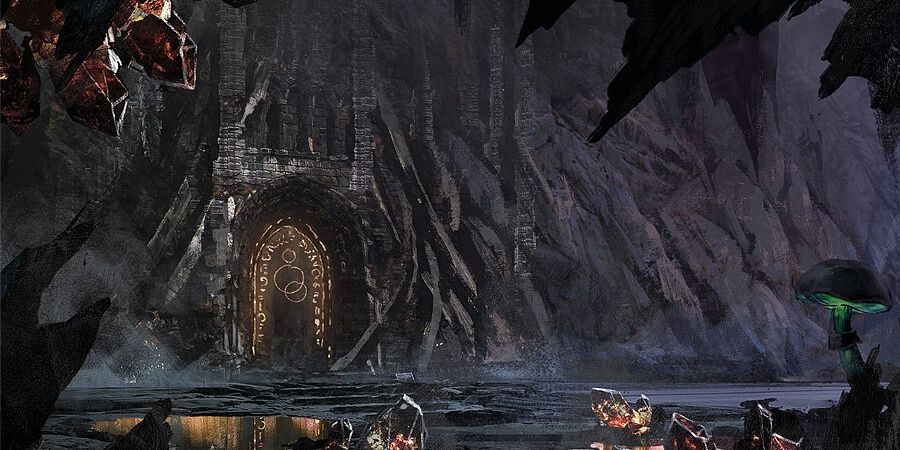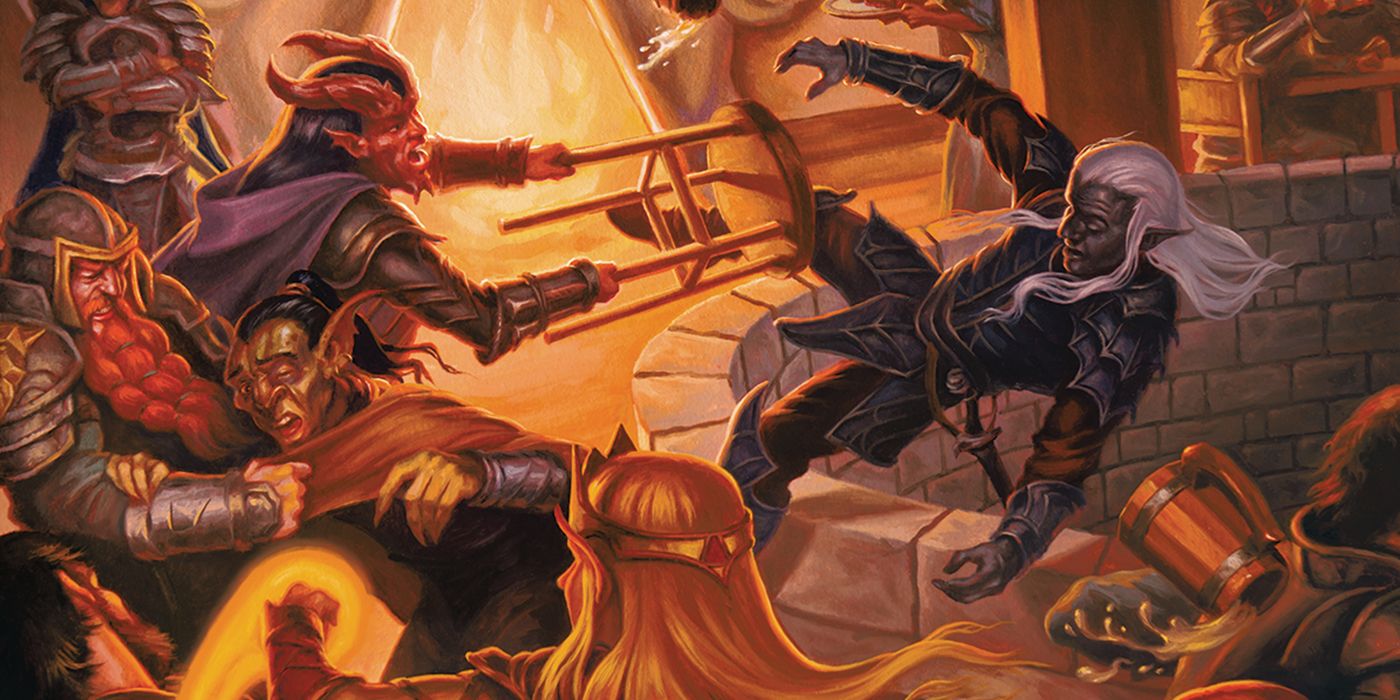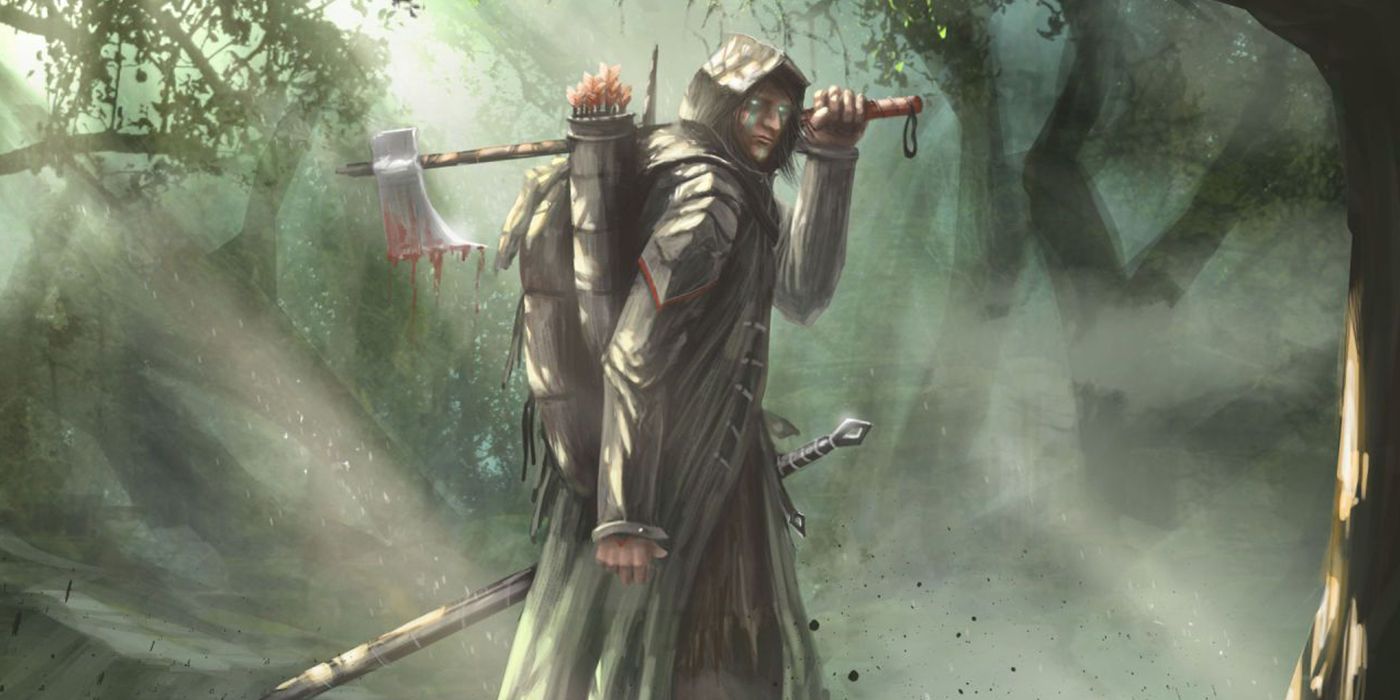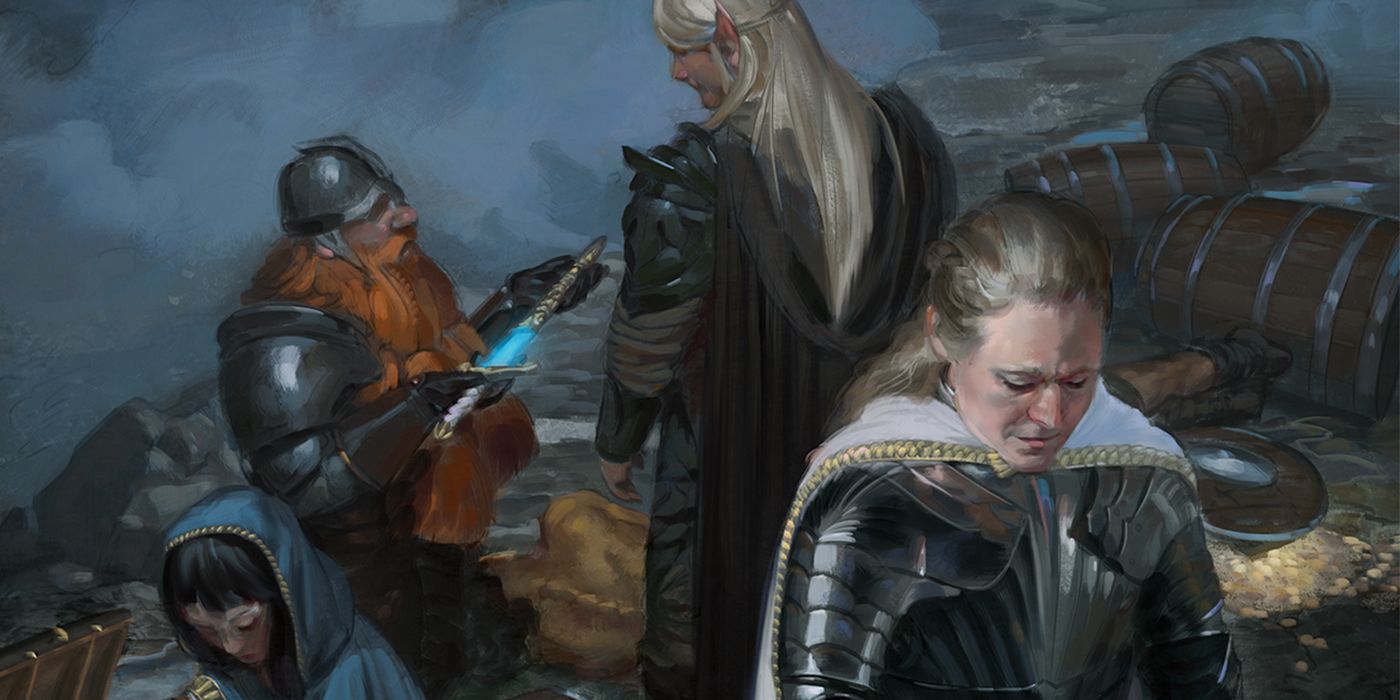Traveling and exploring are a major part of most Dungeons & Dragons games. They have the potential to become one of the most enjoyable aspects of the game for your players, or they can turn into long and boring sessions if not carefully designed.
There are tools and techniques that Dungeon Masters utilize to better these portions of their games, and by knowing some of them, you can elevate the experience of the players at your own table. Traveling in real life is an opportunity for adventure, bonding, and discovery, so let our D&D games reflect that.
8 Encouraging Roleplay
The time spent traveling in the game is a great opportunity for the characters to roleplay, share their stories, and bond. Especially if the game is new and the characters haven't spent a lot of time together, the downtime between significant events can bring them closer to each other.
While the more experienced players will take advantage of these opportunities themselves, the dungeon master can also encourage roleplay in such moments. Traveling is time-consuming, and it's highly unlikely for a group to spend days with each other without talking. So just reminding the players of the time passing, and asking them if there is anything they want to do or say, can easily put your players in the roleplay mood.
7 Environmental Challenges
Your player might pass through multiple environments while traveling, and facing the extreme aspects of each environment can make for memorable and challenging encounters. Surviving a sand storm, traversing narrow cliff sides, getting lost in a thick forest, or other similar events are tropes of the fantasy genre for a reason; they are exciting.
Extreme weather, dangerous hazards, and challenging pathways are great options to include in your game. There are also great tips in the Dungeon Master's Guide and other resources that can help you turn these events into interesting skill challenges for your players.
6 Random Encounter Tables
Random encounters are a great tool to make long journeys exciting and immersive. Based on the environment and the method of travel, your players might come across monsters, events, and social encounters that make the world feel dynamic and introduce a refreshing change of pace to the game.
There are many tables available online for different environments and for certain player levels that you can use, but you can always handcraft the encounters yourself or take inspiration from available resources and change them to fit into your world.
There are also a few ways to decide what encounter your players will be facing for each portion of the travel. Some DMs will ask their player to roll, and this conveys the feeling that the players are in charge of their own fate. Other DMs might choose to roll themselves in secret and set up the encounters in a more unexpected and surprising way.
5 Using Different Vehicles And Methods Of Travel
When talking about travel in D&D, most will imagine a group of adventurers traversing long distances on foot, on horseback, or sometimes by ships. These are the most common means of travel in fantasy settings, but there's nothing wrong with shaking things up from time to time.
Traveling alongside caravans, using flying mounts, hopping through teleportation circles, or if your setting allows it, airships and trains can provide a different course of adventure for your players to experience. You can also consider multiple methods of travel for different parts of the way to make a long journey more interesting.
4 Discovering Landmarks
A commonly-missed opportunity for newer DMs is establishing a more realistic world through landmarks and points of interest. While traveling between two major cities of your world, it's not realistic for the whole journey to be through the uninhabited wilderness or empty roads.
Including small and subtle landmarks along the way can help your players immerse themselves within your game, interact with more aspects of the world, and go on various small adventures. Small towns and villages, abandoned ruins, secret hideouts, and secluded societies can be a few examples of interesting discoveries during the journey.
3 Meeting Other Adventurers
It's easy for the players to think they are the sole heroes and saviors, and while this is not necessarily a problem in a game of D&D, it might not be the feeling you want to convey as a Dungeon Master, especially in the earlier, lower levels. In a living fantasy world, many adventurers roam around the world to help those in need or make some extra coin.
The best way to communicate this aspect of the world with your players is for them to meet other adventurers. Traveling is a great opportunity for these meetings, and you can create small side adventures where your players help other adventurers and share the victory, or even go against them to reach a valuable treasure.
2 Tracking Supplies and Rations
There are many D&D groups that focus on the survival aspect and mechanics of the game. But for others who don't find that style of game interesting on its own, survival can still be an interesting challenge while traveling long distances.
Tracking the exact amount of rations and supplies is a nuisance for players and DMs alike, but you can always estimate how many days into the journey the characters will start running low on food and water. Without spells such as Goodberry or Create Food and Water, your players might need to hunt and forage, trade with passing caravans, or try to fasten their pace and reach a town before running out of supplies.
1 Prepare Hidden Treasures
Traveling and exploration go hand in hand in a game of D&D, and the DM should be ready to reward their players' curiosity with small treasures. If your players ask for details or search for interesting locations during the journey, and they always end up empty-handed, they will be discouraged from exploring in the future.
Preparing a list of small hidden treasures, such as buried chests of coins, lost weapons and items, or unique and interesting magic items can help you both in improvisation when your players start exploring, and in rewarding their attention and good perception or investigation rolls.

